Witchblade Collection – Collector’s Edition Review
Now here’s a bit of a blast from the past – if you were an anime fan in the mid-2000s I’m sure you would have seen quite a lot of ads in magazines for this series, which at the time was promoted as the big sexy American anime co-production that you should definitely watch. I didn’t however, so with this 2022 Blu-ray re-release I went into it largely blind apart from some hazy memories of those ads and magazine reviews, and honestly, I came out of it pleasantly surprised.
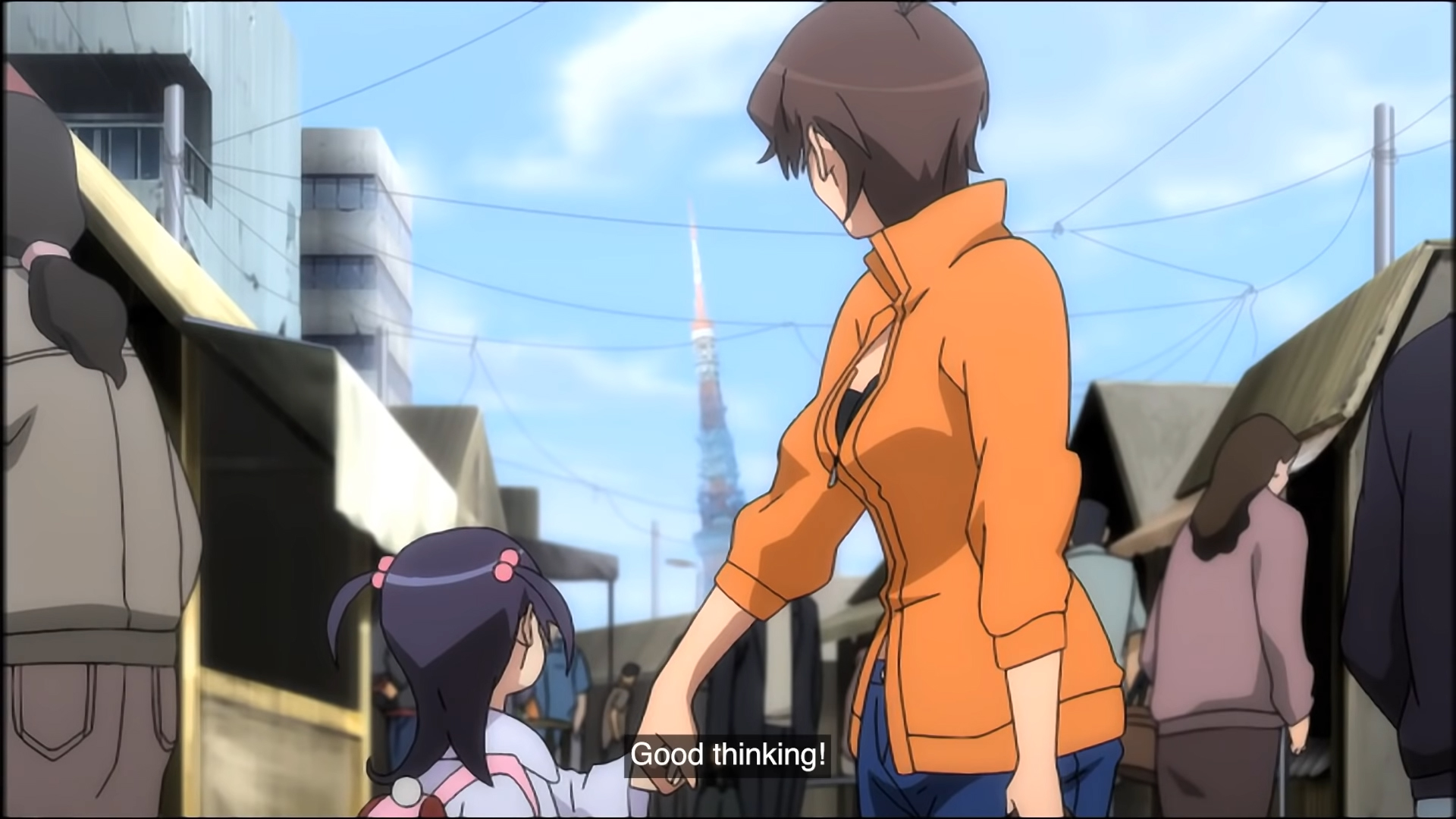
Based on the comic book series from Top Cow Productions, the story focuses on Masane Amaha, a homeless and jobless young woman who is struggling to make ends meet and stop her daughter from being taken in by the National Science and Welfare Company’s child protection officers. While initially putting up a fight, Masane is slowly pushed into giving Rihoko up to social care, only to regret it moments later, stealing a police car and totalling it in a chase around the city.
Incarcerated in a local jail, she comes under attack from a fellow inmate who turns out to be a giant killing machine known as an X-Con. Reacting to it strangely, Masane unwittingly unleashes her hidden powers and transforms into a sexy, barely clothed demon, able to wield blades that sprout from her arms with incredible power. After defeating her attacker, Masane goes on the run until she is eventually found and picked up by Reiji Takayama, one of the big bosses of the technology and military conglomerate Douji Group. Informed that she is the host of the Witchblade, a powerful and ancient sentient weapon, Masane is roped into the Douji Group’s cover-up of the mishandling of its X-Con bioweapons and is tasked with hunting them all down. This isn’t as easy as it sounds however, as Masane soon finds herself with enemies on all sides wanting to claim the Witchblade for themselves.
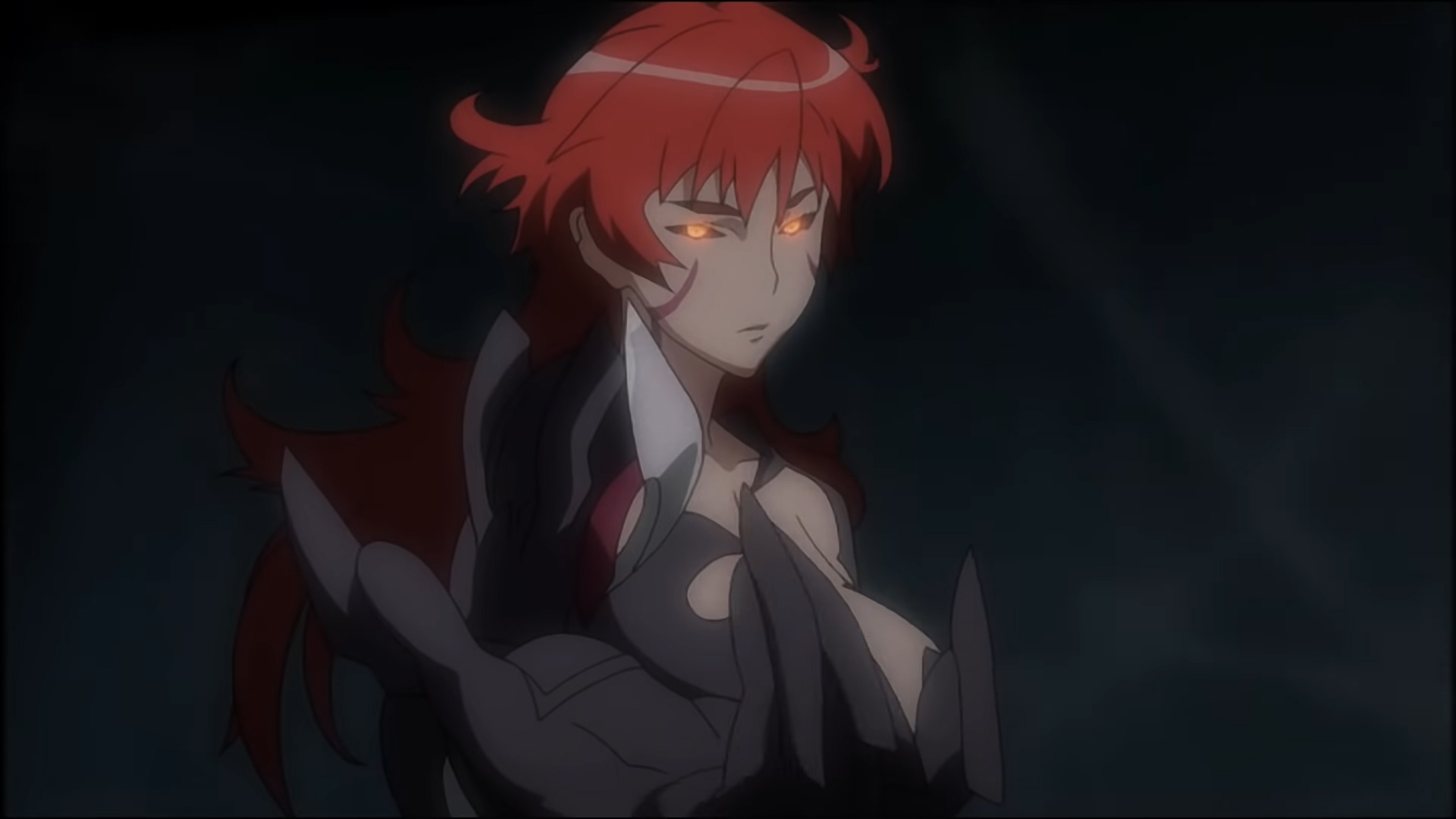
Given the cover of this show, you might initially expect it to be some kind of ecchi trash with buxom, scantily clad babes, and while there is some of the latter, concentrating on any fanservice is doing this show a disservice. While it is only loosely based on the original comics, it’s evident that there’s been a lot of care put into crafting a story that fits into that world, and the result is a show with some great writing.
It’s two main focus areas are the true meaning of family, and how corporate greed, power and corruption can affect society, which are woven around the more action-oriented plot line of the battle for control of the Witchblade. Of these, Masane and Rihoko’s story comes off as the most compelling as the two characters have a fantastic and loving mother-daughter relationship right from the start, with great dialogue and interactions. Masane is a bit of an airheaded idiot and ends up bouncing off Rihoko’s mature-for-her-age attitude really well as in a role-reversal, it’s often the kid that ends up looking after the parent as Masane returns home battered and bruised from her most recent fight. As such, you can clearly tell any attempts to break them up would be a grave mistake and they produce some very tense moments in that regard!
The rest of the cast, though, is full of broken people. Some are downright evil and deserve a good come-uppance, while others are redeemed in some very interesting ways. The vast majority just come off as beautifully flawed characters and it gets across perfectly how they are awkward, misunderstood, and are generally uncomfortable in certain situations. This particularly applies to Reiji, who clearly has a very strategic mind in the boardroom but is exceedingly vulnerable outside of it. The character development over the course of the series is excellent, and it is great to see the cast trying to overcome these flaws and emerge from all the shenanigans at the end as better people.
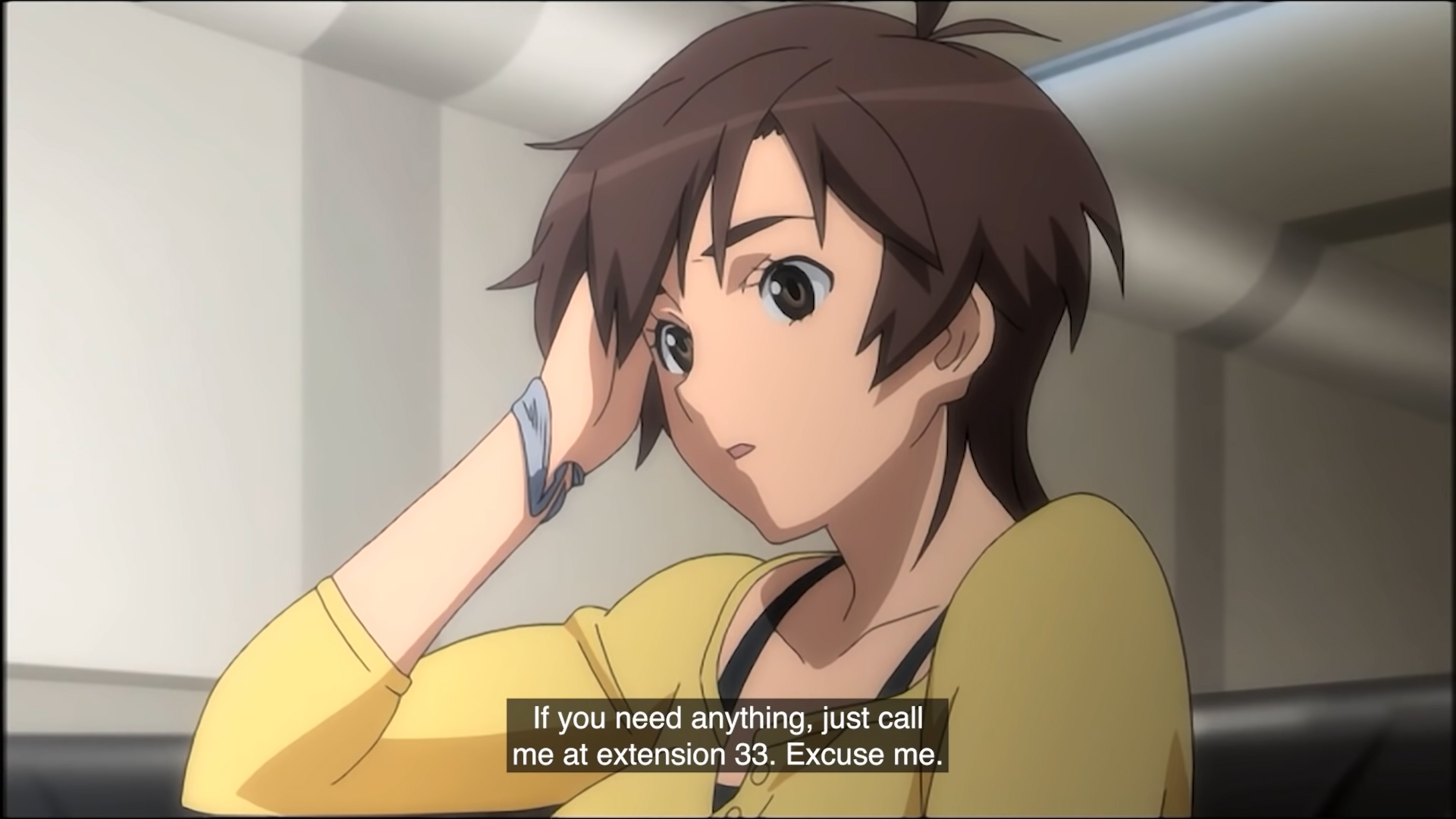
In comparison to Masane’s story, I wasn’t quite as invested in the whole corporate evil side of things, as the main villains of the piece are more one-note than the rest of the cast, but it is quite fascinating in certain ways and is still intrinsically tied to the overall plot. There’s a lot of political machinations and backstabbing with plenty for us as the audience to try to figure out as the story moves along.
There are also some good comedic moments scattered throughout the show, mostly involving the inhabitants of the housing complex that Masane and Rikoko find themselves living in. However, some elements do feel rather dated these days, like the use of the token beach episode to break up two major story arcs, and the inclusion of the pervy old man, who, while funny at first, soon wears thin and becomes more cringeworthy than anything.
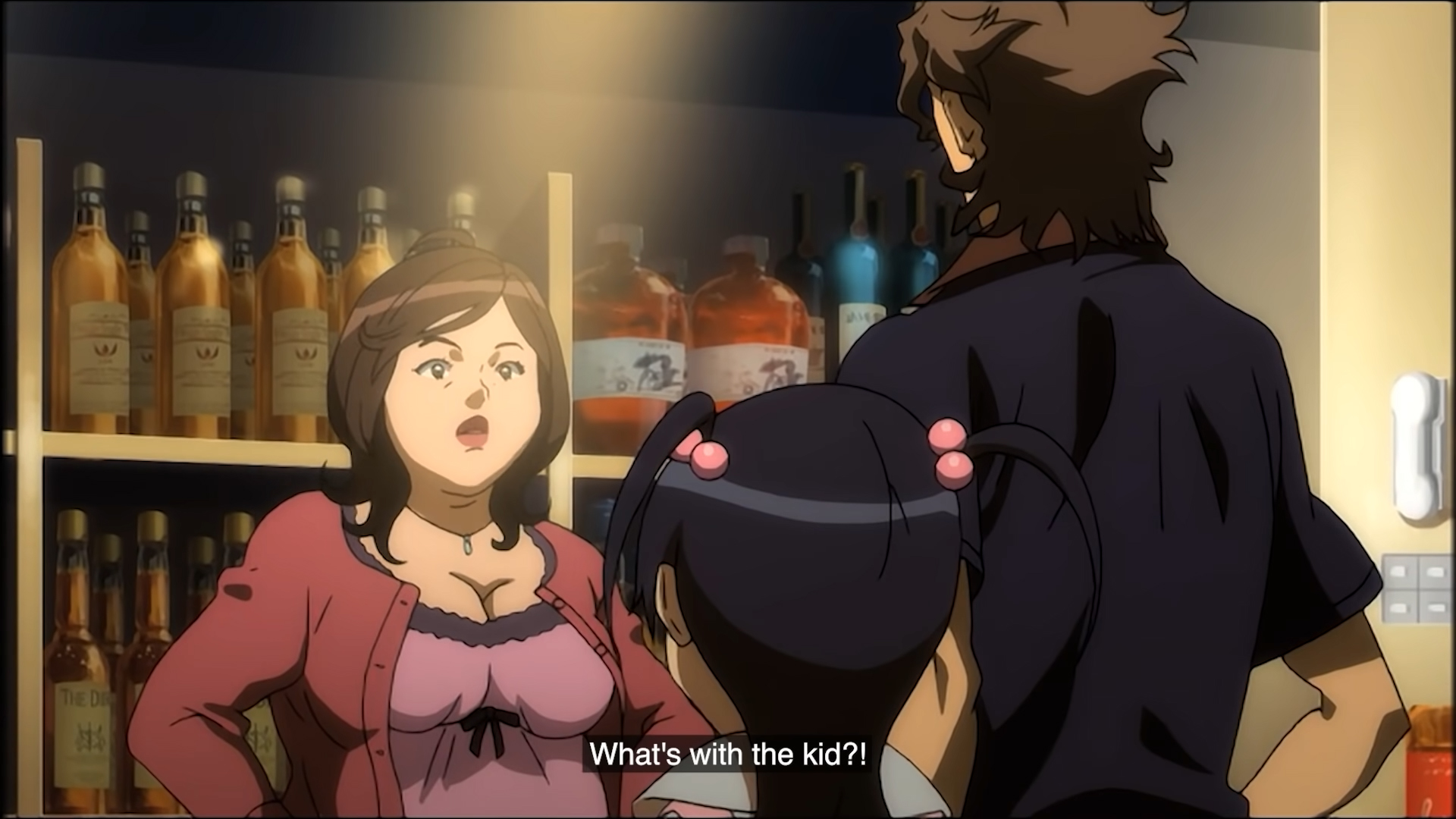
The series is produced by Gonzo, and while the art style still looks decent for a show that was released in 2006, you can see obvious cutbacks at certain moments based on where still frames have been used and some of the cuts and scene transitions feel a bit awkward and juddery. Enemy designs vary depending on what you’re looking at – the Cloneblade wielders look really cool despite them being half-naked, however the X-Cons never feel quite as threatening as they are meant to be. Some of them are definitely creepy, but that comes off their human disguises more than anything else. The action scenes are also a bit hit-and-miss. Fights are decently choreographed, but most lack a real sense of impact and never really last very long until the baddie runs off to fight another day. Things do get better towards the end of the series though, as it breaks out of some of its earlier monster-of-the-week struggles and presents a true existential crisis for both the city and our characters.
I will say though that the series’ soundtrack is rather good, with Masanori Takumi’s score lifting some of those action scenes a bit. The opening and ending themes are a bit more mixed though, as the second opening, “Dear Bob” by KOOLOGI, doesn’t fit the tone of the series at all. The rockier “XTC” by Psychic Lover that serves as the first opening fits a lot better, as does the two main ending themes, “”Ashita no Te” by Mamiko Noto and “Kutsu Himo” by Asami Yamamoto, which as slower ballads play more on Masane’s feelings of vulnerability.
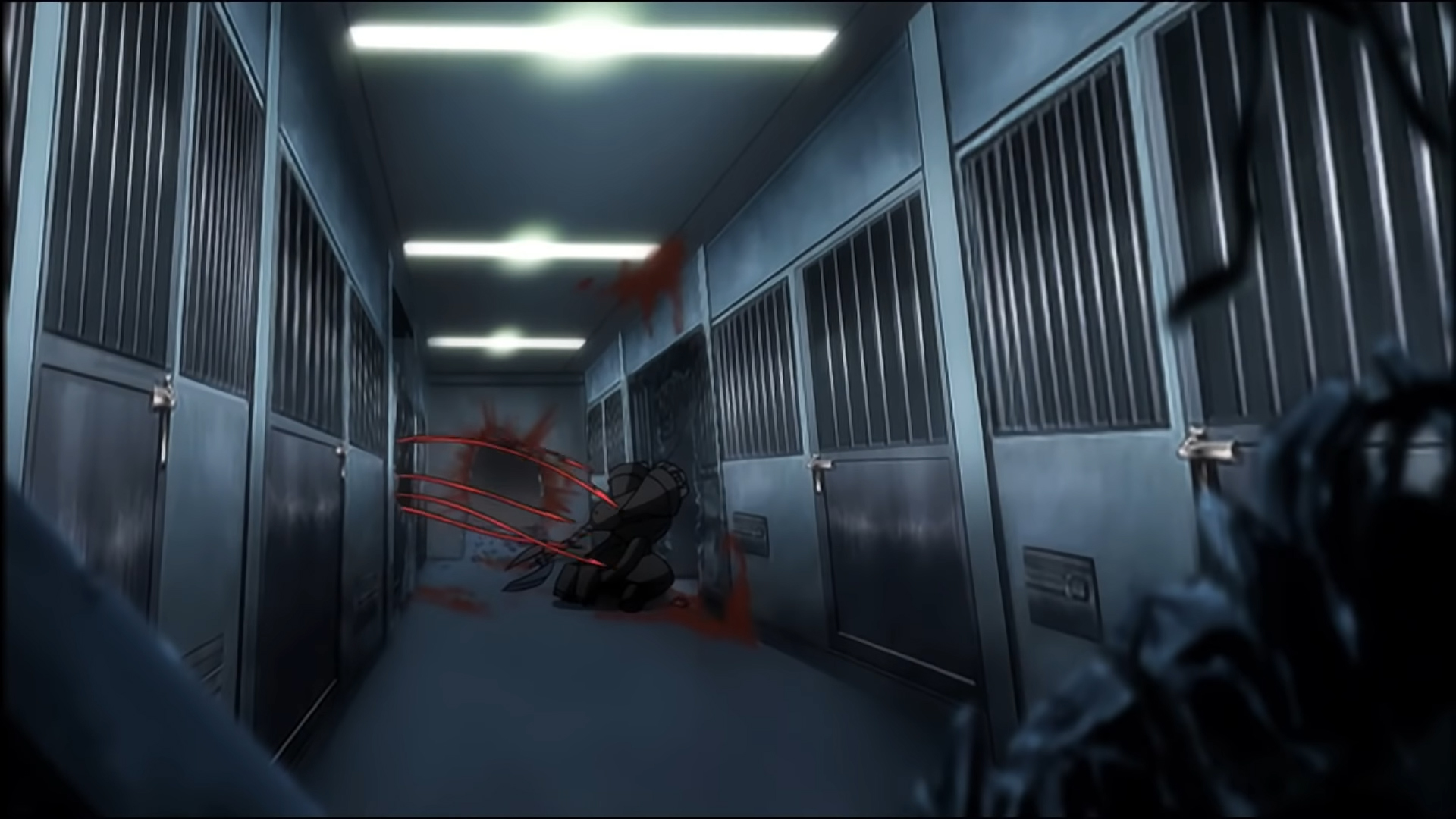
Voice acting is also great across the board with a really strong cast in both English and Japanese who all seem to match their characters well. Both Jamie Marchie and Mamiko Noto really get a handle on switching from Masane’s bumbling mother vibe to her darker and sexier side. The Japanese cast also features Nana Mizuki getting her chops into one of the Cloneblade users, Maria, later in the series, while Akemi Kanda does a great job playing Rihoko. The English dub also features some familiar names such as Cherami Leigh, who plays fortune teller Naomi, and Colleen Clinkenbeard, who plays the mysterious scientist-turned-Cloneblade Reina.
This series comes to us via MVM, featuring all 24 episodes across 3 discs. I had a couple of issues with presentation, as I found the text in menus to be too small and not having enough colour contrast for the currently selected option, making them hard to navigate. Meanwhile, subtitle borders are too thin, meaning that sometimes they can be difficult to read in lighter scenes. There are plenty of extras on the third disc though, with Japanese cast interviews, The Witchblade Forged featurettes which take a behind-the-scenes look at the creation of the anime, Inside Top Cow which offers an insight into the comic studio and their creators, textless opening and endings, Japanese TV spots, and promotional videos for the series.
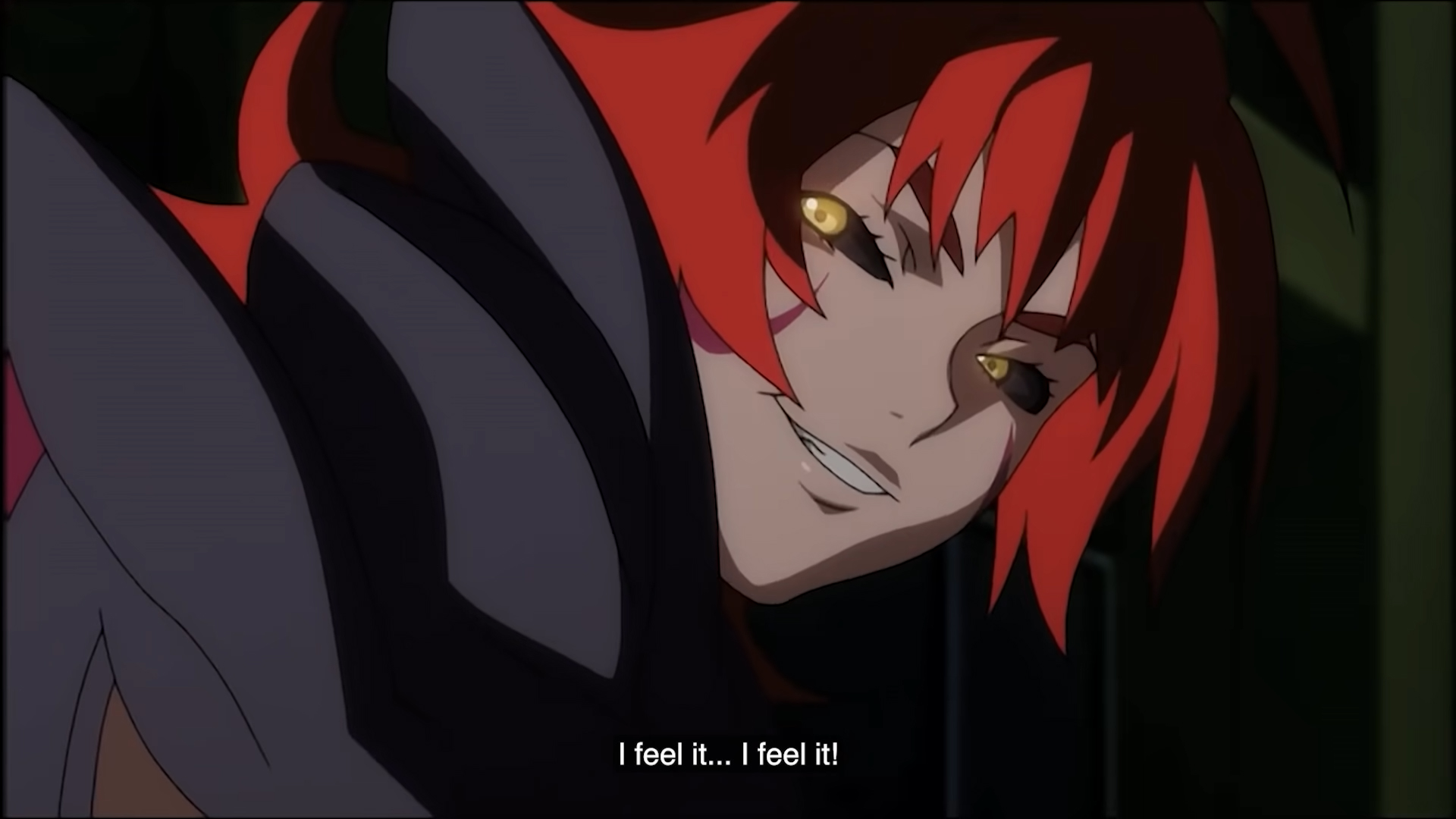
Overall, Witchblade is a series that really surprised me with its heartfelt storyline, excellent writing, and well-developed characters that really subverted its initial image as an ecchi action show. It’s just a shame that the action itself had little impact until certain key moments, as if it were a lot punchier there this could have been a real classic.


